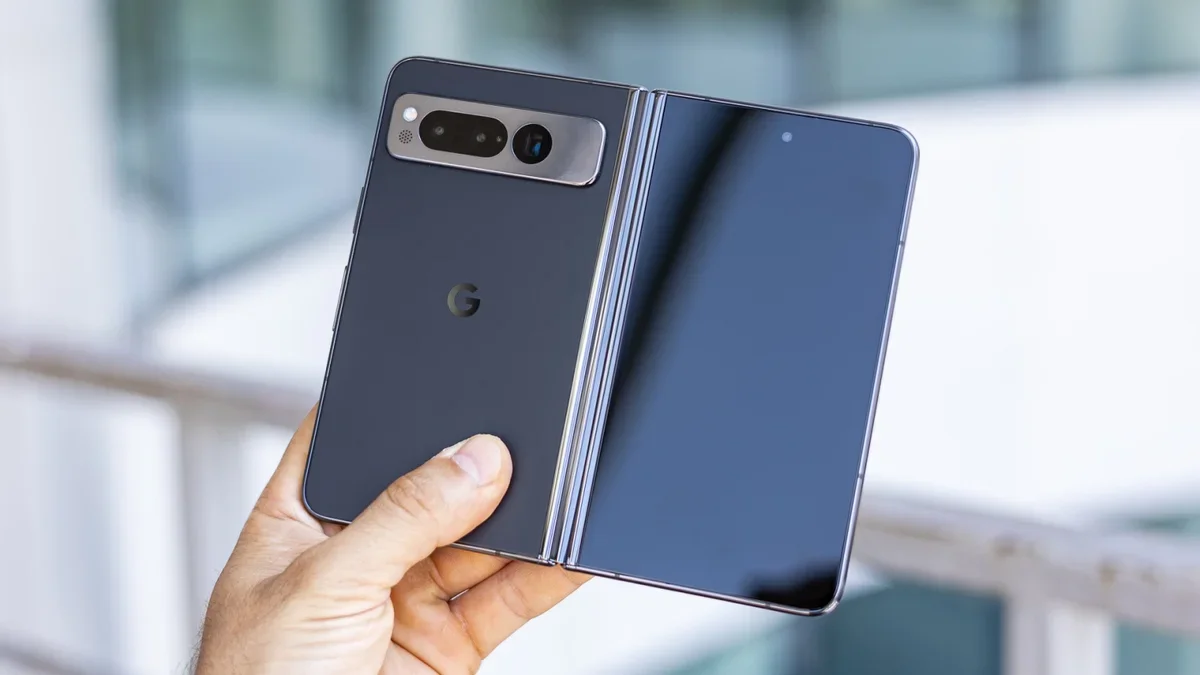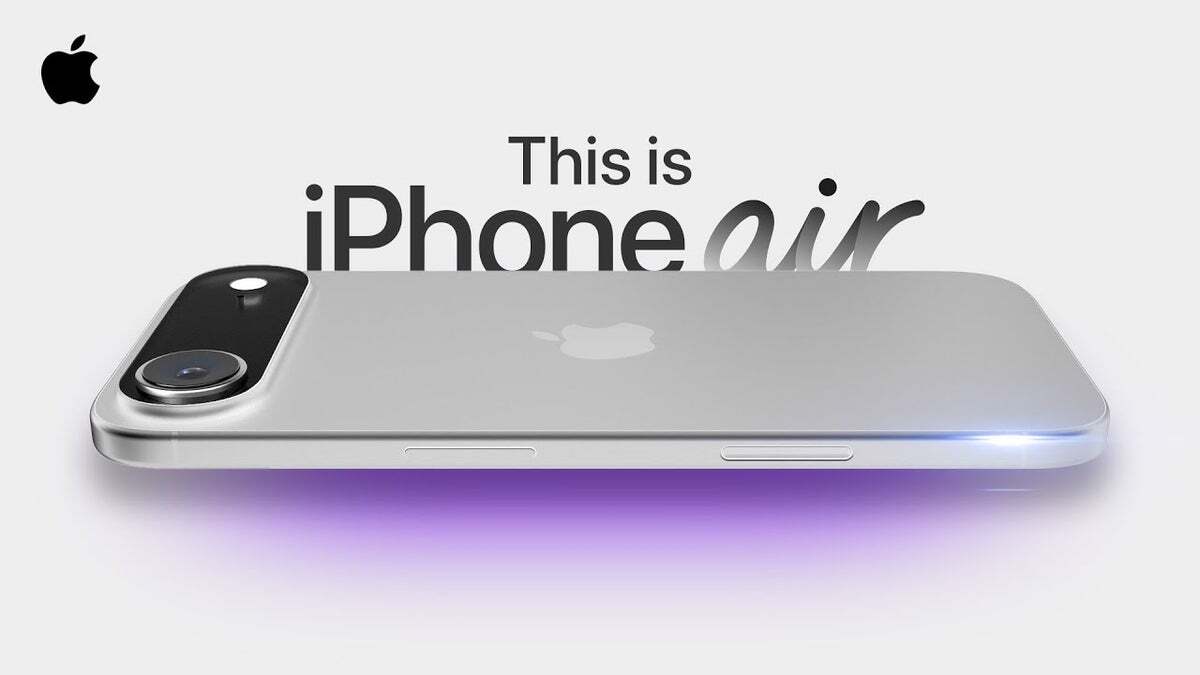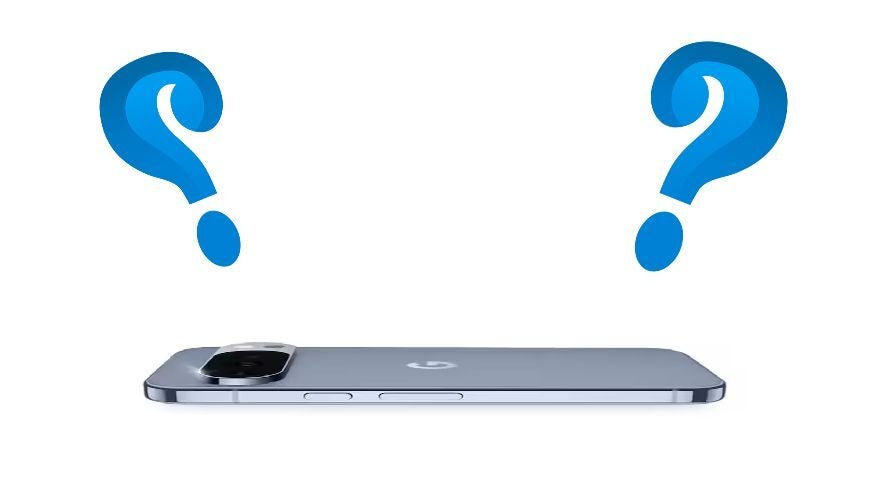Google is playing it safe


Google was late to the foldable party, and it may be late to the thin one as well
Even more sadly, most of those ideas now live (or should I say rest) in Google’s graveyard, so it’s probably not surprising that we didn’t see Google jumping on the thin trend right away.
Pixel phones have a different design philosophy
No one-camera phone in the lineup


Just one single camera reminiscent of the iPhone 16e
Of course, the single-camera design is not mandatory for a thin phone (the Galaxy S25 Edge has two), but it saves a lot of space and weight.
Demand for thin phones is not that big


Galaxy S25 Edge sales are below Samsung’s expectations
Well, Google is a huge company with a market capitalization in the magnitude of billions, so it’d be naive to think that the company can’t make a super-thin phone if it wanted to.
The Galaxy S25 Edge sold around 650,000 units in the first month of sales and around 1 million in total. Compare these numbers to the 20+ million units the S25 family sold, and you’ll see how reluctant people are to embrace this new thin trend.
So, no thin Pixel anytime soon?


We might get a thin Pixel if the trend takes off
That’s not a given. Google might react if this thin-phone trend suddenly picks up and the iPhone Air and Galaxy S25 Edge start to sell like hotcakes. That said, it will take time, and we probably won’t see a super-thin Pixel 11.
What do you think? Is Google missing out by not hopping on the thin train, and have you ever thought, “Man, I wish my Pixel wasn’t so thick”? Vote in our poll and share your thoughts in the comments below.
#iPhone #Air #Galaxy #S25 #Edge #ultrathin #Pixel #slim